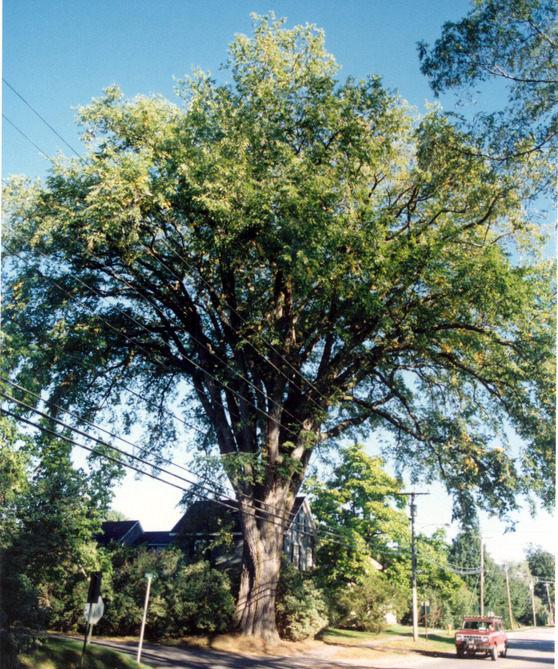|
Spring is a time when we're all eager to start planting for the coming season. In anticipation of this many of us start our reading lists on the subject well in advance. If you're like me, you include at least one book in your annual reading list about the changing seasons, natural history, or the nature of our Maine landscape. Northern Woodlands magazine features a quarterly listing of "Wood Lit", and National Public Radio recently shared a list of "20 books that will change the way you think about trees." Happy gardening and reading!
 |

AUGUSTA – The Maine Department of Agriculture, Conservation and Forestry's (DACF) Maine Forest Service (MFS) is providing assistance for local governments, municipalities, educational institutions, non-profit organizations, and private family woodland owners interested in obtaining Invasive Plant Control Practice Plans (IPCPP) for their woods. The invasive plant management program is administered by the MFS and the Maine Natural Areas Program (MNAP).
Funded by a Landscape Scale Restoration Program grant from the USDA Forest Service, financial incentives for IPCPPs are available to public and private woodland owners with ten to one thousand wooded acres in Maine. The program will reimburse up to 50% of the cost based on the number of acres. An average small woodlot may receive up to $500 maximum incentive; larger lots will have larger maximum incentive amounts. The IPCPP provides woodland owners with maps and treatment recommendations for invasive plants. Funds for treatment of invasive plants is also available, on a competitive basis, for those lands with an approved IPCPP.
For those interested in applying, please see the updated application instructions.
|
 There’s a reason why most towns have an Elm Street — because towering, elegant elm trees were the pride of cities nationwide, treasured as far back as Colonial times. Houses and other buildings were built around native elms, which were nurtured as assets to the community. New ones were planted along streets like natural monuments. Elm trees were ubiquitous and beloved.
By the 1980s, 75 percent of the country’s elm trees were gone. If you were born after 1970, you probably don’t remember a time when elms were in nearly every park and churchyard and along every thoroughfare.
A bark beetle that arrived on a ship in New York in 1928 spread a fungus that infected elm trees, causing them to die off from inside and slowly rot away. Though the fungus is commonly known as Dutch elm disease, it is believed to have originated in Asia, and is so-called because the scientists that discovered it were Dutch. Read More.... (paywall)
i-Tree Open Academy
The i-Tree Open Academy virtual learning series is back for spring of 2024, with everything you need to explore the latest from the i-Tree suite of tools. Whether your work with trees involves planting, managing, funding, educating, or beyond - i-Tree can help you better understand the benefits that trees provide, the impacts of where those benefits are, and how to apply that science to your project goals.
All seven sessions are available with recordings.
Upcoming Opportunities
May 15 - Project Canopy & IRA UCF grant proposal submission deadline
May 18 - 2nd Annual Tree Hugging event, Deering Oaks Park, Portland
May 19-25 - Maine Arbor Week
May 23 - Maine Arbor Week Celebration, Viles Arboretum, 1-3PM
May 27 - U.S. Fish and Wildlife Service - Invasive species Eradication Funding Opportunity
May 30 - Virtual Summit: Tree Canopy, Environmental Justice & Urban Forestry: Understanding the Relationship
June 4-7 - Sustainable Forestry Initiative Forests for the Future Annual Conference, Atlanta, GA
|